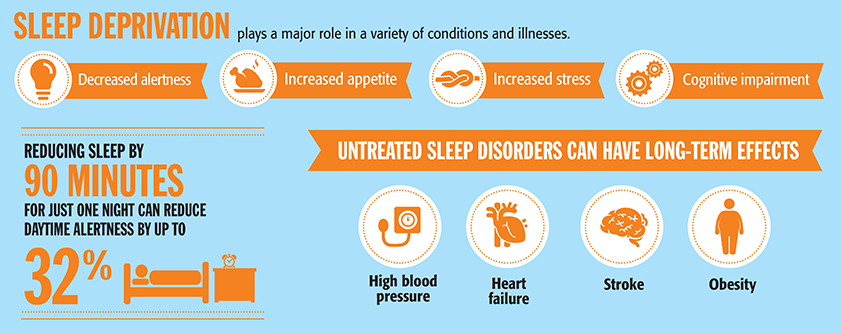Why the Impending Darkness Affects Circadian Rhythm
It’s no secret that we are living under unique circumstances in Alaska, about half of the year it is dark, and the other half of the year it is light. Though it might seem counterintuitive, winter in Alaska makes sleep more difficult for many people, especially as one travels north.
Excess darkness can be extremely disruptive to three things aspects that are essential for the onset of sleep:
- Ability to get daylight
- Ability to be physically active
- Hormone levels
As the winter season approaches, it's crucial to be aware of the various factors that can hurt your circadian rhythm. By understanding these factors, you can effectively prepare for and combat insomnia during this time of year. Delving deeper into the causes and effects of circadian rhythm will enable you to take the necessary steps to safeguard against its disruption. Let's delve into the fascinating world of circadian rhythm.
Why Circadian Rhythm is Affected in Alaskan Winters
A disrupted circadian rhythm can quickly turn into erratic sleep, either causing or worsening insomnia. The reason insomnia is a primary symptom of dark Alaskan winters is that the absence of daylight can interfere with the normal rhythm of your body’s production of melatonin. Melatonin is the hormone that helps regulate your circadian rhythm.
Changes in light and darkness help cue the production of melatonin. It is secreted about two hours before bedtime until the morning sunlight ceases its production.
Melatonin is light-sensitive meaning it responds to changes in light. In Alaska where winter darkness is either prolonged or seemingly infinite, there is a lack of environmental clues to naturally start and stop melatonin production. This can lead to inadequate production of melatonin before bed or the production of melatonin too early in the day, hence inhibiting the circadian rhythm.
Recognizing Insomnia Symptoms During Seasonal Transition
Primary insomnia symptoms are fairly easy to recognize. Those who suffer from insomnia are either not able to get enough sleep, are unable to remain asleep throughout the night, or wake up too early and are unable to return to sleep.
But contrary to popular conception, symptoms of insomnia are not simply being unable to sleep, as listed above. Secondary insomnia symptoms include [SleepEducation] many other symptoms that bleed that impact daytime functioning, including:
- Daytime sleepiness
- Fatigue
- Lack of motivation
- Problems with attention, memory, or concentration
- Concerns and frustrations related to sleep (or lack of it)
- Moodiness
- Inability to fall asleep at desired times (i.e., erratic sleep cycle)

As we transition to the long Alaska winter darkness, you may find these symptoms slowly emerging. Or, if you already struggle with insomnia, you may find that your symptoms are worsening.
Using Light Therapy During Seasonal Transition to Prevent Insomnia
Considering the importance of light for combating erratic sleep cycles, light therapy can help one prepare for or prevent insomnia during Alaskan dark winters. Light therapy involves exposing yourself to bright fluorescent light bulbs encased in a box with a diffusing screen. This light is designed to simulate the intensity of sunlight (10,000 lux) in a way that is safe for the eyes.
You can use this lightbox in virtually any capacity, such as:
- Next to your computer at work
- When you do your morning routine to get ready (read, eat breakfast, put on makeup, etc.)
- Reading
- Eating meals like dinner
The idea is to replace the darkness outside with artificial sunlight that you can turn on and off at about the times you would normally see sunlight in a less extreme environment. In other words: timing is everything.
- Begin using light therapy when the amount of darkness is greater than light (in Anchorage, this starts in October) – use this Alaska daylight hours calculator to see when you should start using light therapy
- Start exposing yourself to your light box in the morning when you wake up
- Stop exposing yourself to your light box in the evening, just after dinner.
Make sure to pay attention to the intensity of your lightbox. Less intense light boxes (i.e., 2,500 lux) will require longer exposure.
What to Do When Light Therapy Fails to Combat Alaskan Winter Insomnia
If light therapy fails to help relieve your insomnia in winter, there may be other underlying issues at play.
In such cases, further intervention is probably a good idea:
- Consult with a sleep specialist
- Get a sleep study evaluation
- Consult with your healthcare practitioner
If you or someone you know is struggling with sleep challenges, then please click this orange button to take a free online sleep test and talk with one of our sleep health professionals.


